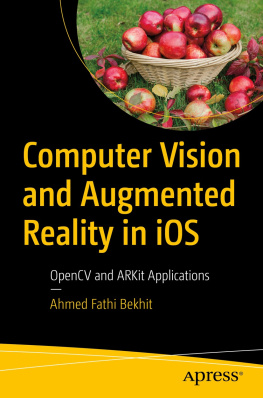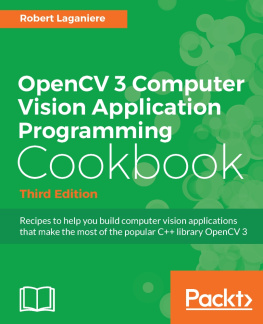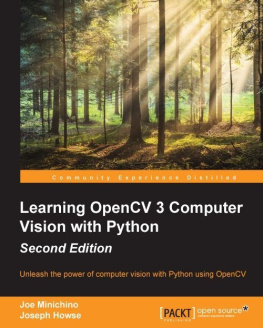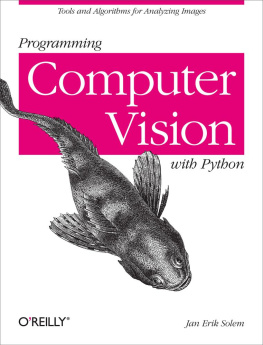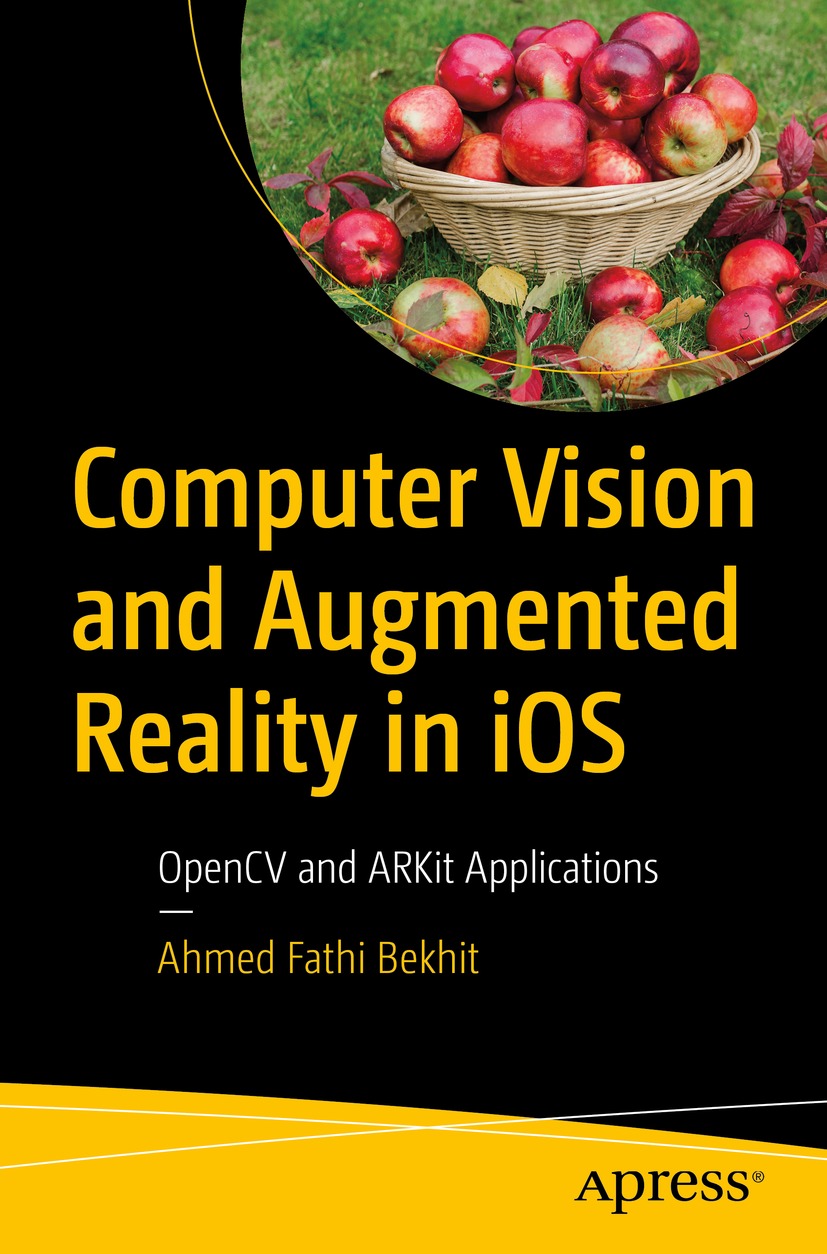Ahmed Fathi Bekhit - Computer Vision and Augmented Reality in iOS: OpenCV and ARKit Applications
Here you can read online Ahmed Fathi Bekhit - Computer Vision and Augmented Reality in iOS: OpenCV and ARKit Applications full text of the book (entire story) in english for free. Download pdf and epub, get meaning, cover and reviews about this ebook. year: 2022, publisher: Apress, genre: Computer. Description of the work, (preface) as well as reviews are available. Best literature library LitArk.com created for fans of good reading and offers a wide selection of genres:
Romance novel
Science fiction
Adventure
Detective
Science
History
Home and family
Prose
Art
Politics
Computer
Non-fiction
Religion
Business
Children
Humor
Choose a favorite category and find really read worthwhile books. Enjoy immersion in the world of imagination, feel the emotions of the characters or learn something new for yourself, make an fascinating discovery.
- Book:Computer Vision and Augmented Reality in iOS: OpenCV and ARKit Applications
- Author:
- Publisher:Apress
- Genre:
- Year:2022
- Rating:3 / 5
- Favourites:Add to favourites
- Your mark:
Computer Vision and Augmented Reality in iOS: OpenCV and ARKit Applications: summary, description and annotation
We offer to read an annotation, description, summary or preface (depends on what the author of the book "Computer Vision and Augmented Reality in iOS: OpenCV and ARKit Applications" wrote himself). If you haven't found the necessary information about the book — write in the comments, we will try to find it.
Learn how computer vision works, how augmented reality renders digital graphics into the physical world via an iPhones camera, and how to incorporate these technologies into your own apps. This book shows you how to take full advantage of computer vision technologies.
Interacting with other people online usually involves user-generated images and videos; whether it be memes, short videos, or heavily-modified images. Before smart phones, generating this content required a professional using high-level image and video editing software. Not any more.
This book will teach you to use computer vision in the most popular ways, such as for facial recognition, image to text analysis and, of course, recording a video of a dancing hot dog in your living room. Starting with the history of computer vision, image and video processing fundamentals, and an introduction to developing augmented reality applications, youll learn to incorporate computer vision both in the content you create and the apps you develop for end users.Computer Vision and Augmented Reality in iOS reveals how every user with access to the Internet and a smart phone can easily generate heavily-modified images and videos.
- Incorporate mathematics related to computer vision into your apps
- Host computer vision models remotely for mobile use
- Implement visual-inertial state estimation algorithms for mobile augmented reality
Who This Book Is For
Professionals or post graduate students in software development or engineering who have a basic understanding of how software development works and are interested in implementing computer vision into their development. Its recommended that readers already have a working knowledge of C++ and Swift.
Ahmed Fathi Bekhit: author's other books
Who wrote Computer Vision and Augmented Reality in iOS: OpenCV and ARKit Applications? Find out the surname, the name of the author of the book and a list of all author's works by series.

